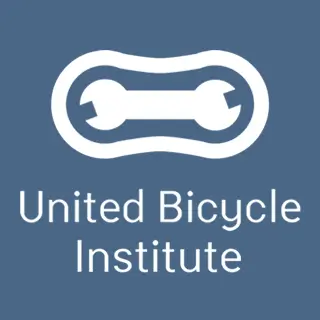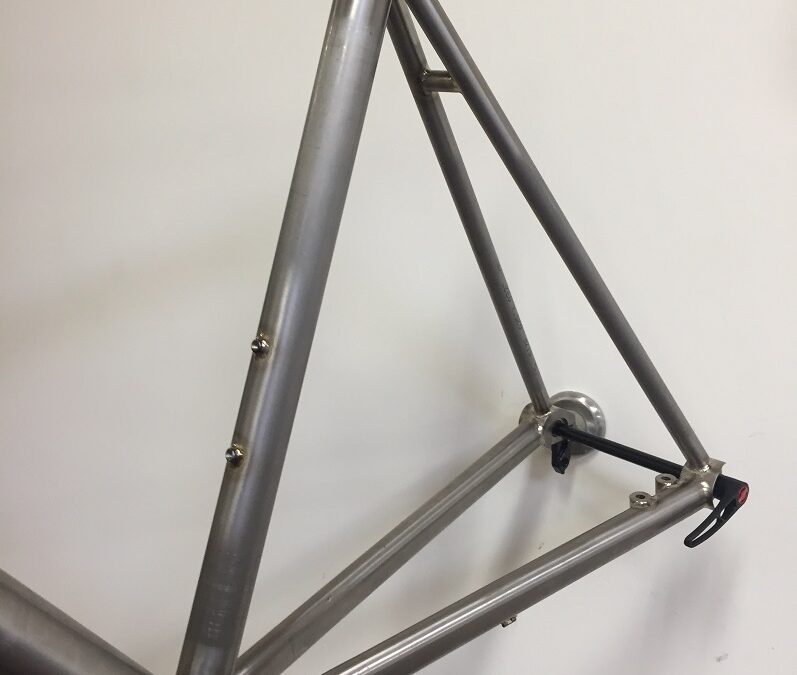About a year ago, I had the good fortune of having a frame built for me in the titanium TIG welding class. As with every frame building student, I got to design the frame that was being built. This design process can feel a bit overwhelming without a clear vision of what the bike is meant to be. I only knew I wanted a gravel road bike that fit like my other standard road bike. Having a vision of what type of bike I was wanting was only the starting point; it was necessary to consider three critical aspects: handling, fit, and components.
Gravel road bike geometry, as it affects handling characteristics, is generally well established, and it would have been easy enough to find a geometry table for a gravel road bike from a major brand to copy.
However, my goal was to adapt my preferred road geometry to the gravel genera. I first considered the effect on the center of gravity the larger tires would have (raise), so decided to lower the bottom bracket shell roughly 7mm; the rough diameter difference in tire size from my “classic” road bike.
I went with relatively longer chainstays to increase the wheel base a touch for better stability on gravel. The longer stays also aid in tire clearance and component compatibility. With larger tires and/or fenders, toe overlap becomes more of an issue, so it was necessary to lengthen the toptube a touch to allow for better clearance.
Choosing the correct fork offset and corresponding headtube angle to get the desired trail was critical to ensure the stability I desired (can help to minimize toe overlap). The fork offset / headtube angle dynamic is a very complex interaction, so it was necessary to have some guidance from the frame building instructor with this.

The design considerations relating to the fit of the bike were generally easy to navigate, as I know what I like in this regard. The only change, relative to my road bike, would be a shorter stem to account for the longer toptube.
Finally I needed to know what components I was hoping to run with, as they have more of an effect on frame design than many people realize. Everything from the fork and brakes to crankset, derailleurs and tires need to be considered to ensure proper function and compatibility.
I determined that I wanted to run more-or-less traditional road components with disc brakes while being able to accommodate roughly 35mm tires. This trifecta of elements can present challenges for even the most experienced builders. Disc brakes and large tires require space between the chainstays, but road components typically need relatively narrow spacing.
With a clear idea of the component group I was choosing, I knew that the instructor would be able to ensure everything fit in the drafting portion of the design process. If not, we would look at what barriers were in place and make tweaks as necessary.
Flexibility is critical when designing a bike.
Although I haven’t built the bike up yet, I can’t wait to see how it rides. I have parts on the way, so look for a follow up to this.

